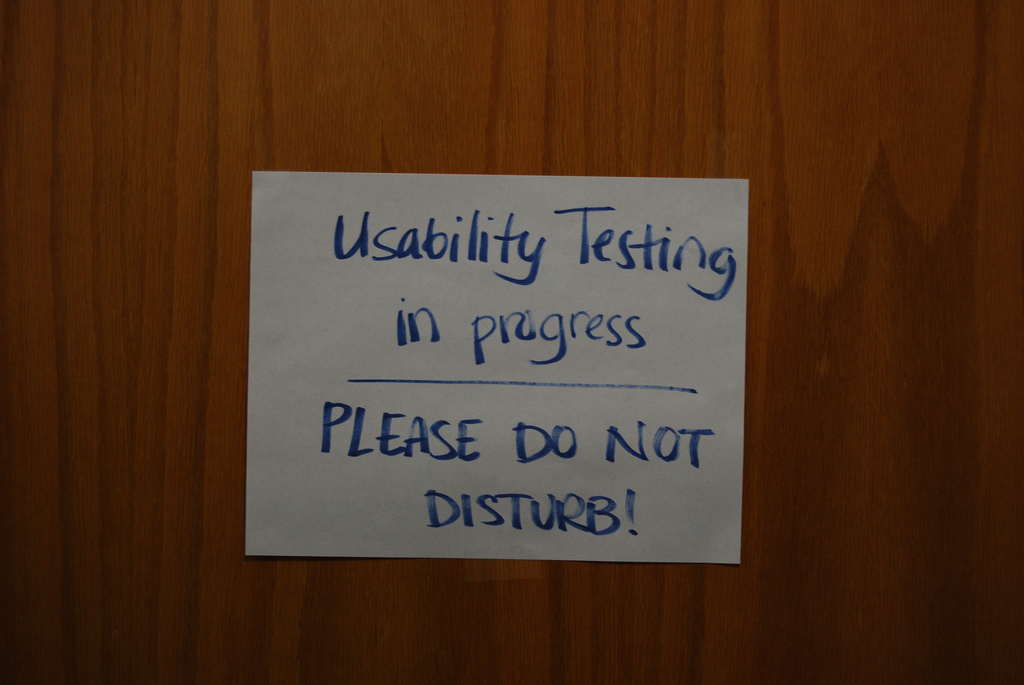Usability testing is a way to see how people are using your app and what you can do to improve it.
You monitor the subject while they perform different tasks with your app and ask them questions. It allows you to actually see what people are doing and thinking as they use your app in real-time.
The results and feedback they give you can be used to improve future iterations of the app.
Why You Should Do It
This can be useful for almost any app, but it is especially valuable during the pre-launch phase. If you can get your customers to interact with the prototype and give you feedback, it can save you a lot of time and money.
Once the app goes live, it will be more difficult to make changes and users may leave negative feedback if the app is hard to use. Most importantly, they may decide not to use your app altogether and you may never know why.
The longer you wait to do this, the more expensive it will be fix the problems later and you may end up losing a lot of users in the process.
Usability testing is really the only way to find out where you are losing people and how to change it.
How To Conduct Usability Tests
While you always have the option of hiring a UX consultant, you can do most of this on your own if you are short on cash.
Find Your Ideal User
If your app is designed for college students between the ages of 18-25, then you need to find users within that target group to conduct the tests.
Aim for at least 2-5 people and be prepared to offer them some form of compensation for their time (like a gift card). The entire process will probably take about an hour.
Create a List of Tasks and Questions
Before you get started, create a list of tasks to for them complete during the test and have some follow up questions ready.
You might ask them to do things like create an account, add items to their shopping cart, or upload photos.
Be sure to ask them questions along the way about the level of difficulty of the tasks and ask for suggestions about how to improve the app. See if they can figure out where certain buttons and links are located.
Conduct the Tests
There are plenty of tools you can use to record and conduct usability tests like GhostRec, WebEx and Pamela (when used with Skype video chat). All you need to do is have the ability to share their screen and talk to them at the same time.
You will need to pay attention to how long it takes them to the complete these tasks and see if they get confused about anything in the process. If you notice that they are getting frustrated, then that is a sure sign that you need to make some changes.
More information about how to structure your tests can be found here and here.
Record the Results
You’ll definitely want to take notes during the session and record both the audio and video.
In addition to this, you will need to create a written report to compile and analyze all of the results from all of the testing sessions.
If a pattern emerges from the data that shows that most of your users are having difficulty with certain tasks, then that is a strong signal to change that feature.
Usability Testing Tools
Here is a list of usability testing tools and resources to get started.
Try to keep everything simple if you are new to usability testing. There are dozens of books and websites that have more information about this process, but focus on taking action to improve your app.
